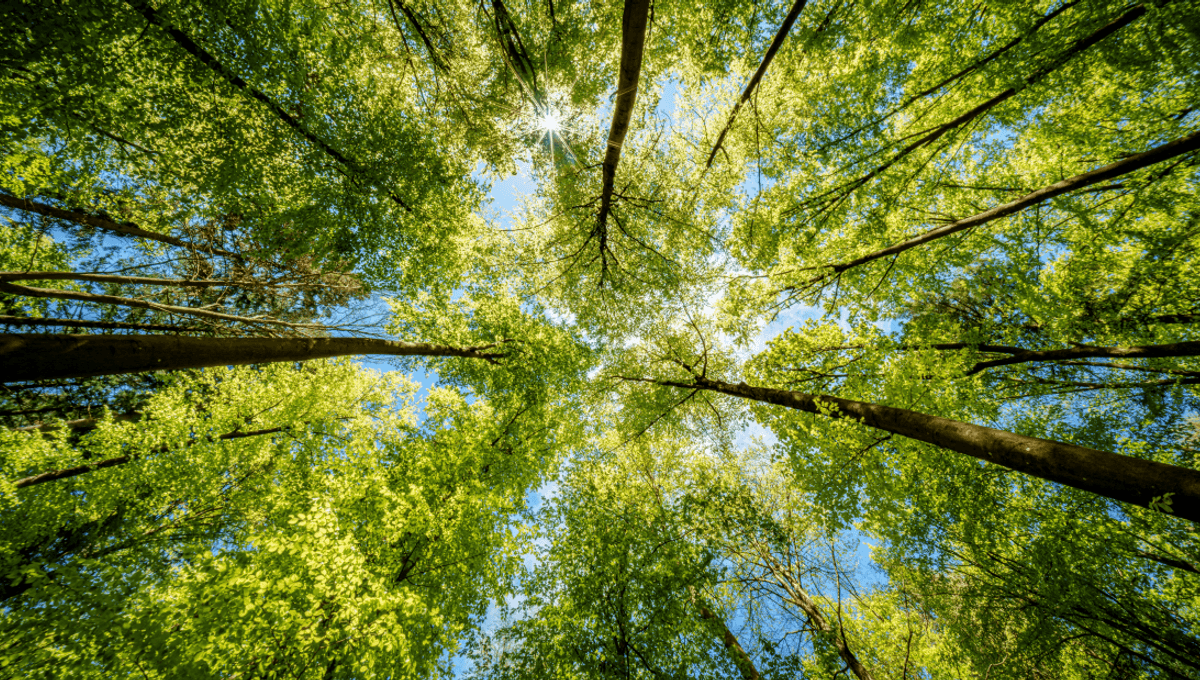
Have you ever wondered if a trip to the woods also means you’ve experienced a forest? Or if the hot and humid conditions make it a jungle? Understanding the distinctions between a wood, a forest, and a jungle is crucial, and we’re here to explain how to differentiate among them.
According to The Nature Conservancy, these definitions are more than just a matter of linguistics. As deforestation increasingly threatens our planet, securing legal protection for groups of trees can be complex if we can’t clearly define them. For example, do a collection of saplings qualify as a forest? If a forest is devastated by fire, what do we call the barren land that remains? And how do we classify open grassy areas sprinkled with widely spaced trees?
Definitions vary across different regions, indicating that improvements are necessary as we strive to protect our green environments. Here’s a comprehensive overview to help you distinguish between woods, forests, and jungles.

The stunning Bluebell Wood in the UK.
Image credit: Robert Harding Video / Shutterstock.com
What Defines a Wood?
The classification of a group of trees as a wood or forest primarily depends on tree canopy coverage. According to the US National Vegetation Classification System, woodlands have a tree canopy cover of between 25 to 60 percent. In contrast, if the cover drops below 25 percent, it’s classified as tree savanna.
If estimating the percentage of tree cover seems daunting, a simpler rule is that woods are generally smaller than forests. While the sheer number of trees isn’t the deciding factor, in the UK, woods must be at least 20 meters (approximately 65.6 feet) wide to fit the definition, though there is flexibility between the terms “wood” and “forest.”

Extensive forests cover vast areas.
Image credit: Katerina Maksymenko / Shutterstock.com
Understanding Forests
When tree canopy cover ranges from 60 to 100 percent, you are in a forest. These ecosystems are larger and more densely populated than woods. Forests can be divided into four main types: boreal, tropical, subtropical, and temperate.
Boreal forests thrive in the coldest regions and teem with wildlife such as caribou and reindeer. They showcase coniferous trees and deciduous plants typically found in snowy landscapes like Canada, Alaska, and Russia.
On the opposite side, tropical forests boast stable, warm temperatures seldom dropping below 18.3°C (65°F), supporting a rich diversity of flora and fauna. Subtropical forests represent a transition between tropical and temperate forests, experiencing mild climates with occasional cold spells and providing refuge for migrating species like monarch butterflies.
Temperate forests are the most adaptable, exhibiting seasonal changes where some trees shed leaves while others stay evergreen. Their biodiversity may be limited due to fluctuating temperatures, making it a habitat for hibernating species like the majestic bears of Katmai National Park.

Jungles are stunning, yet challenging to navigate.
Image credit: Murrrrr-s / Shutterstock.com
What is a Jungle?
Jungles share similar warm climates with tropical and subtropical forests, but they are characterized by their dense undergrowth and ground-level vegetation. The absence of a thick tree canopy allows light to reach low-lying plants, enabling them to flourish.
Navigating through tropical and subtropical forests tends to be easier for humans due to the clearer forest floors that result from limited light. When a tree falls in a forest, it creates a significant opening in the canopy and initiates a rush among surrounding vegetation to fill that gap.
However, if you venture into a jungle, you might find it quite challenging to traverse due to the rich biodiversity that obscures the ground. Thankfully, we’ve invented tools like machetes to help navigate when necessary.
Now, the next time you find yourself surrounded by nature, you’ll be able to identify whether you’re in a wood, forest, or jungle. Take a moment to appreciate your surroundings, as spending time in nature offers various incredible benefits for your well-being.









